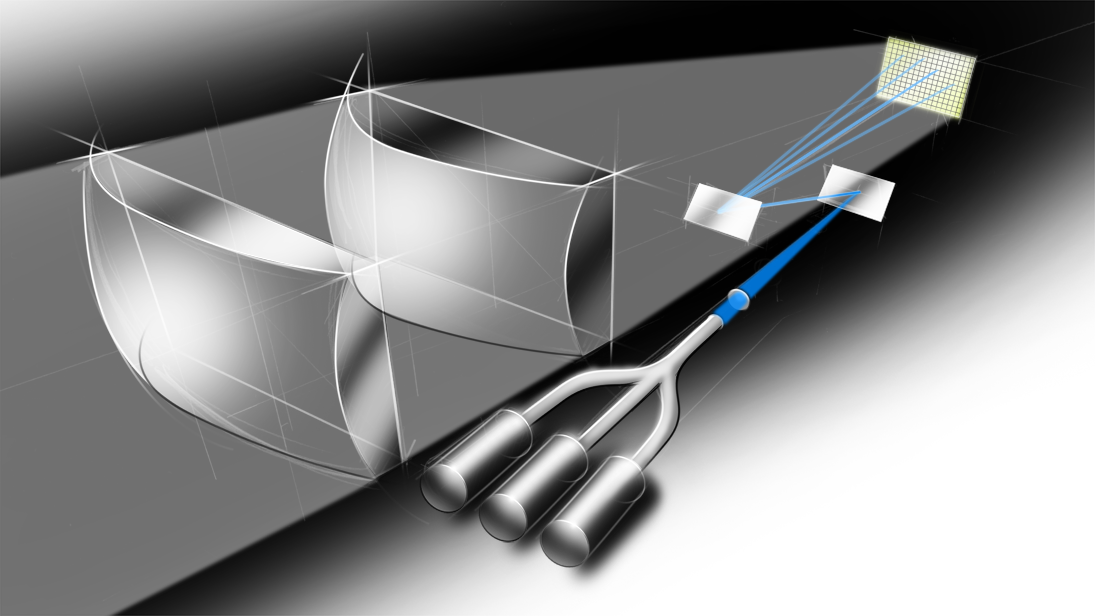“HipE” research project successfully completed
HELLA GmbH & Co. KGaA, one of the world's leading automotive suppliers of light and electronics, and the Fraunhofer Application Center for Inorganic Phosphors in Soest, Germany, worked together on a possible future lighting system based on a laser light source. The research project HipE (highly innovative pixelated phosphors for laser-based emissions in headlamps) was funded over a period of three years by the European Regional Development Fund (ERDF) and has now been successfully completed.


To direct headlamp light in traffic areas exactly where the driver needs it, and to detect potential dangers earlier and react more quickly, a fully adaptive, high-resolution light distribution is required that adapts to the specific traffic situation. For this, both headlights and a corresponding sensor system must be installed in the vehicle. At the same time, the system must meet the increasing requirements for installation space, efficiency and light quality.
With this in mind, the Fraunhofer Soest Application Center has tested the suitability of various luminescent materials such as glass, ceramics and single crystals in the HipE research project. The most important parameters involved were the light conversion properties and heat propagation under blue laser excitation. For the pixelation, the materials were structured with ultrashort light pulses of a femtosecond laser system and then examined with a scanning electron microscope and a laser scanning microscope. For example, the pixel structures have trench depths of up to 150 µm with trench widths of up to 30 µm. The removal parameters were optimized to ensure the highest possible optical contrast between the individual pixels without removing too much of the phosphor. The heat propagation in the pixelated phosphor was then examined with a thermographic camera.
In the research project, HELLA developed and built a prototype for a high-resolution headlight module with a laser light source for later use in headlights. In addition, the lighting and electronics expert investigated which optical systems are suitable to meet the requirements for a more compact design and higher efficiency.
The research project has shown that the structuring of the phosphors leads to a significant increase in contrast between two pixels. To fully meet the requirements of an application in headlights, additional measures to further increase contrast must be taken in the following stages. The two project partners will continue to work on this together. “After completing the project, we will continue to optimize the pixelated phosphors as part of our intensive cooperation with HELLA, especially with regard to contrast. By introducing a reflective material into the laser trenches, the contrast is to be further increased so that these phosphors can be transferred to the application like a high-resolution laser-based light source,” says Dr. Franziska Steudel, Team Leader in Phosphor Design at the Fraunhofer AWZ Soest.